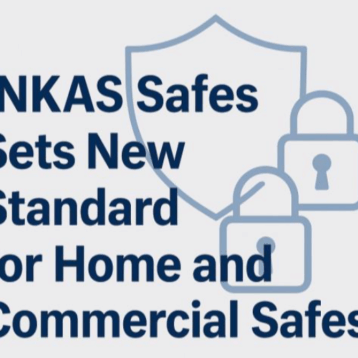Most companies have basic cybersecurity tools such as firewalls and email filters.
However, while having security points in place is important, it doesn’t necessarily mean that the network is safe.
Most companies find out that their protective software and protocols don’t work properly only after getting hacked.
Another issue is that the attack surface (anything that can be targeted by threat actors) is shifting every day. It changes with every new adversary technique and regular changes within the system.
Sometimes, those changes occur in minutes — firewalls can go down, or something that hasn’t been a threat can become a vulnerability because of a new hacking method.
How do you check if the arsenal that should guard the company does its job before cybercriminals put it to the test?

One way is with Breach and Attack Simulation (BAS), a security tool that imitates versatile hacking threats to assess the security points of the company.
Once it’s done with the testing, it highlights which parts of the security have gaps that need patching up before they turn into incidents such as data breaches.
IT teams can use the information that is continually updated on the dashboard to decide which tasks should be taken care of first.
These attacks are automated — meaning the reports following the testing are continually generated and give companies an overview of the security state in real-time.
Also, the reports are written in a straightforward way so that even less experienced team members can easily and confidently conclude whether there are gaps in security at a glance.
How Does BAS Work?
The BAS tool uses comprehensive testing of people, policies, and cybersecurity tools. Essentially, it validates all security points that keep the hackers at bay.
The testing of humans refers to both IT teams that manage security and other employees within the company. The results show whether IT teams know how to use the tools at their disposal and whether workers need more training.
Cybersecurity tools such as antivirus programs require continual assessment as well. They can be misconfigured or even stop working, leaving the system exposed to versatile exploits.
Another layer of security is policies. For instance, you might block certain high-risk sites to make them inaccessible on devices that connect to the organization. BAS can put that to the test by attempting to open such a website.
Criminals are also getting creative. While many of the attacks will be simulated and done at a large scale, there has also been a rise in novel hacking threats for which companies can’t be ready as they don’t have the tools to combat or detect them.
Therefore, it’s important to test security points against well-known attack vectors such as phishing and DDoS, as well as new (zero-day) hacking methods.
One thing that makes the BAS accurate is that it’s continually being updated with the latest findings of the MITRE ATT&CK Framework.
MITRE is a resource that cyber experts rely on to find out more about the latest methods that criminals have used to attack organizations.
The framework is a library of both adversarial techniques and suggestions on how to mitigate and remedy such threats.
When to Test With BAS

Breach and Attack Simulation can run in the background 24/7. Therefore, companies don’t have to allocate a specific time for testing.
What they can do is calibrate it to test for certain threats.
For instance, they can set the tool to test for specific attacks such as phishing. This type of social engineering attack is common and can occur at any time as well as successfully target any employee within the company — even cyber experts.
The goal is to find any vulnerabilities that put companies at risk and to do so early. The longer it takes businesses to discover flaws, the more expensive it is to fix issues and deal with the aftermath of the attack.
This is why AI comes in handy. It can constantly validate the system with less manpower. BAS is capable of launching thousands of attacks at the same time and discovering the flaws before hackers do.
This AI-powered tool has been modeled according to penetration testing (pen testing). For that kind of assessment, companies hire cyber experts to determine flaws in the system.
Although that kind of testing is detailed, most companies don’t have the resources for regular pen testing and do it annually or biannually.
For the systems that can shift in minutes, this means that they could be left with vulnerabilities that are left undiscovered for months.
Some companies might be obligated by the law to perform pen testing.
In the meantime, BAS can keep an open eye for the flaws and suspicious activity that could endanger the company’s most valuable resources at any time.
Key Benefits of Breach and Attack Simulation
One of the most important features of BAS is that it keeps security up to date. Considering that it’s simulated and automated, the tool can check the system for possible weaknesses non-stop.
It enables the early discovery of any issue that could result in expensive breaches, damaged infrastructure, or interruption in the workflow for the company.
The alternative to BAS is pen testing, is an expensive one since it requires hiring experts. The use of artificial intelligence also cuts costs by skipping this step for companies that can’t afford them too often.
What’s more, BAS evaluates the system by approaching it as an adversary. It seeks vulnerabilities and pathways that could lead threat actors into the heart of the company.
As a result, it can predict how hackers might approach the system and prevent major incidents.










